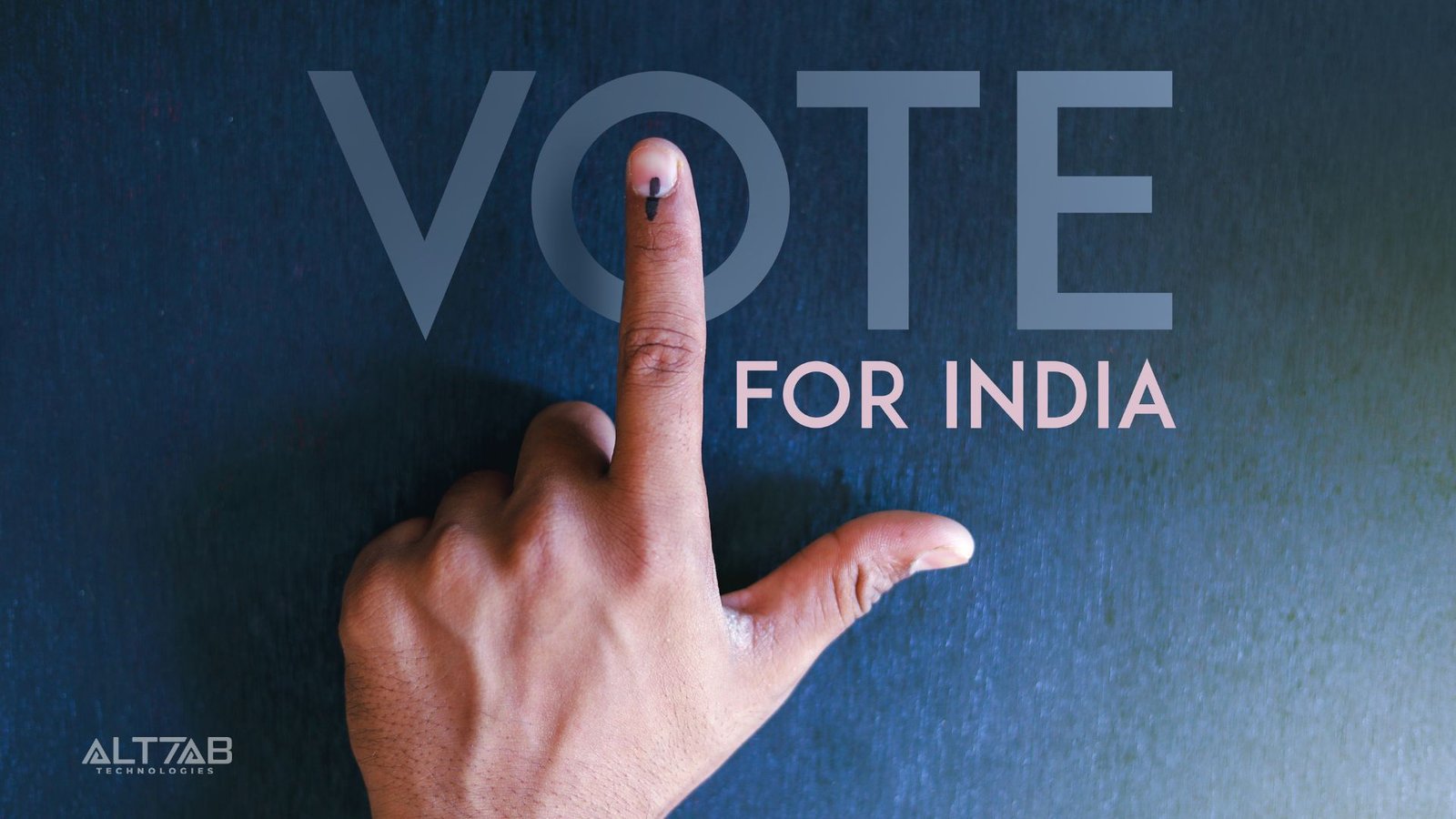The political arena is a battleground of persuasive messaging. From slick television commercials to targeted social media posts, candidates bombard us with carefully crafted narratives designed to influence our vote. But beneath the surface of catchy slogans and polished visuals lies a complex world of political marketing, a potent blend of psychology and persuasion tactics. Understanding how these tactics work is crucial for becoming a more informed and discerning voter.
The Arsenal of Political Marketing
Political marketers wield a diverse toolkit to shape public opinion:
-
Emotional Appeals: Fear, anger, or patriotism are often triggered to create a strong association with a candidate’s message. Heart-wrenching images or stirring music evoke emotions that cloud rational judgment and create a lasting impression. These tactics tap into our primal instincts, bypassing logical reasoning and leaving us vulnerable to manipulation.
-
Framing the Narrative: Political marketing isn’t just about what’s said, but how it’s said. Strategic wording and visuals frame issues in a way that benefits the candidate. This shapes how voters perceive the problem and potential solutions. Terms like “tax relief” might be used instead of “tax cuts” to create a more positive connotation, subtly influencing our interpretation of the policy.
-
Bandwagon Effect: Have you ever felt pressured to join the crowd? Political ads exploit this social phenomenon. Highlighting endorsements or widespread support creates a sense of “everyone’s on board,” encouraging voters to join the bandwagon. Images of cheering crowds or statistics showing high approval ratings can subconsciously pressure people to conform, overriding their individual judgment.
-
Testimonial Power: Testimonials from everyday people or respected figures can lend credibility to a candidate’s message and build trust. A firefighter endorsing a candidate on crime might resonate more with voters than a policy paper filled with statistics. We are hardwired to trust the opinions of those we perceive as relatable or authoritative, even when presented without substantial evidence.
-
Negative Campaigning: Attack ads focus on highlighting an opponent’s flaws or missteps, aiming to sway voters away from them. While these ads can expose genuine shortcomings, they often rely on half-truths or negativity to paint a distorted picture. The intent is to evoke negative emotions toward the opponent, overshadowing their merits and clouding our judgment.
The Science Behind the Persuasion
Political marketing leverages psychological principles to influence voter behavior beyond conscious awareness:
-
Loss Aversion: Humans are more motivated to avoid losses than to acquire gains. Ads might emphasize the negative consequences of not voting for a particular candidate, like a potential loss of healthcare benefits or economic security. This taps into our inherent fear of loss, making us more receptive to the candidate’s message as a means of preserving what we already have.
-
Social Proof: We are influenced by the behavior of others, a phenomenon known as social proof. Ads showcasing widespread support for a candidate can trigger a desire to “fit in” and vote the same way. Images of celebrities or community leaders endorsing a candidate can subconsciously influence voters, as we tend to follow the lead of those we perceive as successful or respected.
-
Confirmation Bias: We tend to favor information that confirms our existing beliefs, a cognitive bias known as confirmation bias. Political ads can reinforce pre-existing biases, solidifying voter support for a candidate who aligns with their worldview. This creates “echo chambers” where voters are only exposed to information that validates their existing opinions, reinforcing their beliefs and potentially blinding them to alternative perspectives.
Becoming a Savvy Voter
Don’t be a passive recipient of political messaging. Here’s how to become an active and critical consumer of political ads:
-
Question the Source: Who funded the ad? What is their agenda? Understanding the source can reveal potential bias. Ads funded by special interest groups might prioritize the group’s interests over public good, presenting a skewed perspective.
-
Examine the Evidence: Do the ads present facts or rely on emotional manipulation? Look for evidence to support claims made. Don’t be swayed by powerful imagery or celebrity endorsements without investigating the underlying facts. Demand transparency and verifiable data to support assertions.
-
Consider the Framing: How is the issue being presented? Analyze the language and visuals for potential bias. Look for loaded words or misleading statistics that paint an incomplete picture. Recognize when narratives are being selectively framed to influence your perception.
-
Research Beyond the Ads: Don’t rely solely on ads to form your opinion. Research both candidates and their platforms from credible sources like news outlets with a history of fact-checking. Seek out diverse perspectives to gain a comprehensive understanding of the issues.
-
Engage in Discerning Discussions: Discuss political messages with others, but be mindful of confirmation bias and echo chambers. Seek out diverse perspectives to challenge your own thinking and gain a broader understanding of the issues. Be willing to question your assumptions and consider alternative viewpoints.
The Future of Political Marketing
As technology evolves, so will political marketing strategies. Social media platforms allow for hyper-targeted messaging, potentially creating “filter bubbles” where voters only see information that confirms their existing beliefs. This can further exacerbate political polarization.
However, technology can also be a tool for voters. Fact-checking websites and digital literacy initiatives can empower people to critically evaluate political messages.




